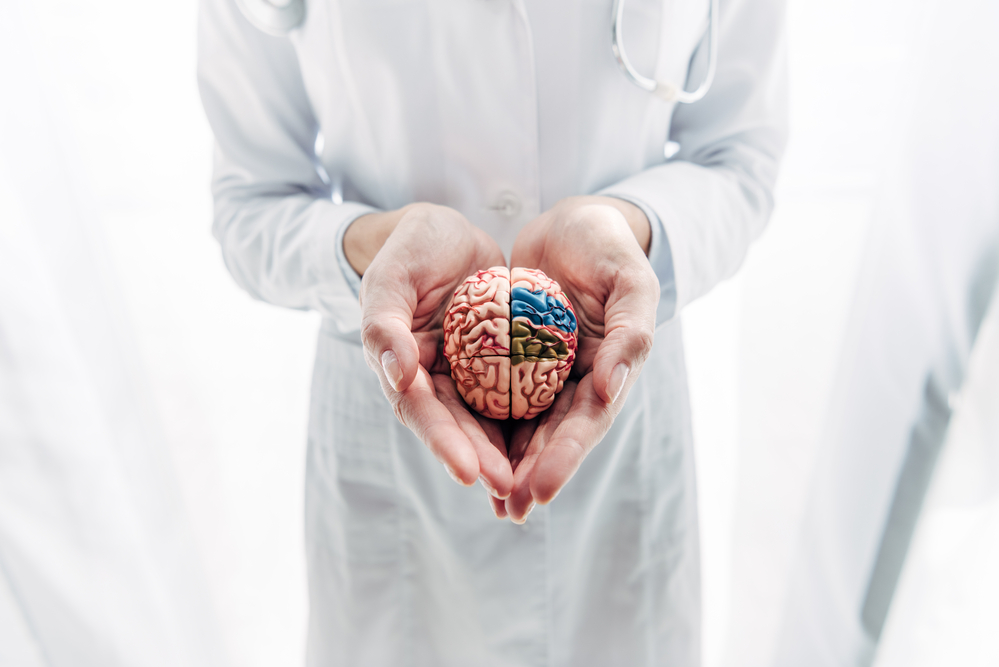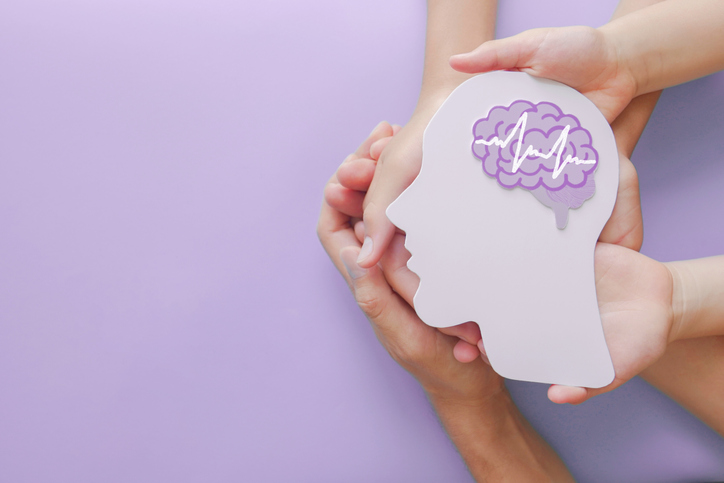
What Teens Know About Sexual and Reproductive Health

During adolescence, people go through important physical and emotional changes as they discover their sexual identities and learn to navigate social relationships. This period is marked by curiosity and a desire for new experiences, but it also comes with the need for caution to avoid risky behaviors.
Access to sexual health information is vital in helping teens find this balance. With the rise of technology, adolescents can quickly access a lot of information about sexuality and emotions. However, without proper sexual education, they may struggle to tell the difference between reliable and harmful information, which can lead to risky behaviors both online and offline.
Research among Italian teens shows that comprehensive sex education can improve their understanding of sexuality, relationships, and reproductive health, helping to reduce risky behaviors. While many European countries have integrated sexual education into schools, Italy has not fully implemented a national program, leading to inconsistencies in education across regions.
This lack of structured education highlights the need for studies that evaluate sexual health interventions designed to better equip adolescents with the knowledge they need. A recent study aimed to assess teens’ knowledge of sexuality, identify gender differences, and weigh the impact of a specialized sexual education program.
For the study, the researchers involved 842 high school students at an art school in Rome, Italy, to assess a sex education program from March 2022 to April 2023. The average age of the students was 16. Most participants were assigned female at birth (74.2%) and identified as cisgender (89.2%). Students identified with various sexual orientations, with 62.5% identifying as heterosexual.
The program consisted of six 60-minute sessions led by a team of medical professionals and psychosexual experts. At the start, students completed anonymous questionnaires to evaluate their basic knowledge about sexuality and reproduction. They also answered a sociodemographic questionnaire about their age, gender identity, and sources of sexual education.
When asked about where they get information about sexuality, 37.9% said they rely on social media, while 37.4% turn to peers. Only 15.1% reported getting information from family, 5.2% from school, and 4.4% from scientific materials. About 25% of the students had received sexual education at school, and 29.6% from their families.
The program itself covered different topics in different sessions, including the anatomy and function of the reproductive system, prevention of risky behaviors that can lead to sexually transmitted infections (STIs) and unintended pregnancies, and understanding sexual identity. The final session included discussions on cybersex, sexting, and sexuality in relation to disabilities.
After the last session, 350 students completed the questionnaires to measure what they learned. Their average score improved significantly from 12.6 to 14.5, showing a better understanding of topics like reproductive anatomy, physiology, and STIs. This increase in knowledge was statistically significant for both males and females, highlighting the program’s effectiveness. However, there was no significant change in knowledge about sexual identity. Overall, the program helped students gain valuable information about their sexual health.
These findings emphasize the importance of comprehensive sexual education in schools to reduce risky sexual behaviors and misinformation. Students expressed interest in learning from experts, which contributed to their increased understanding. The study suggests that effective sexual education can empower adolescents, improve communication about sexual health, and promote safer sexual practices, ultimately benefiting their overall well-being. Nevertheless, limitations included a higher representation of females and potential biases due to the inclusive nature of the participating school.
References:
- Zamponi, V., Mazzilli, R., Nimbi, F. M., Ciocca, G., French, D., Limoncin, E., Lombardo, F., Sesti, F., Todaro, E., Tenuta, M., & others. (2024). Sexual and reproductive health: Level of knowledge and source of information in adolescence. The Journal of Sexual Medicine, 21(10), 872–877. https://doi.org/10.1093/jsxmed/qdae094




